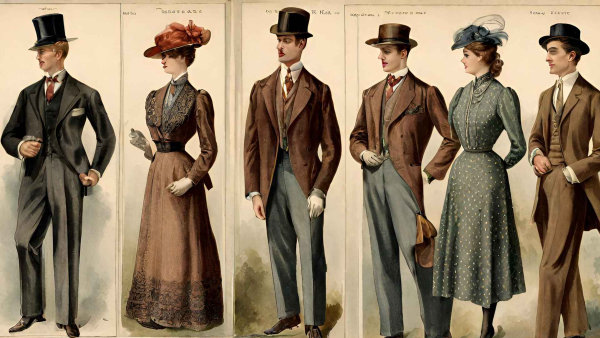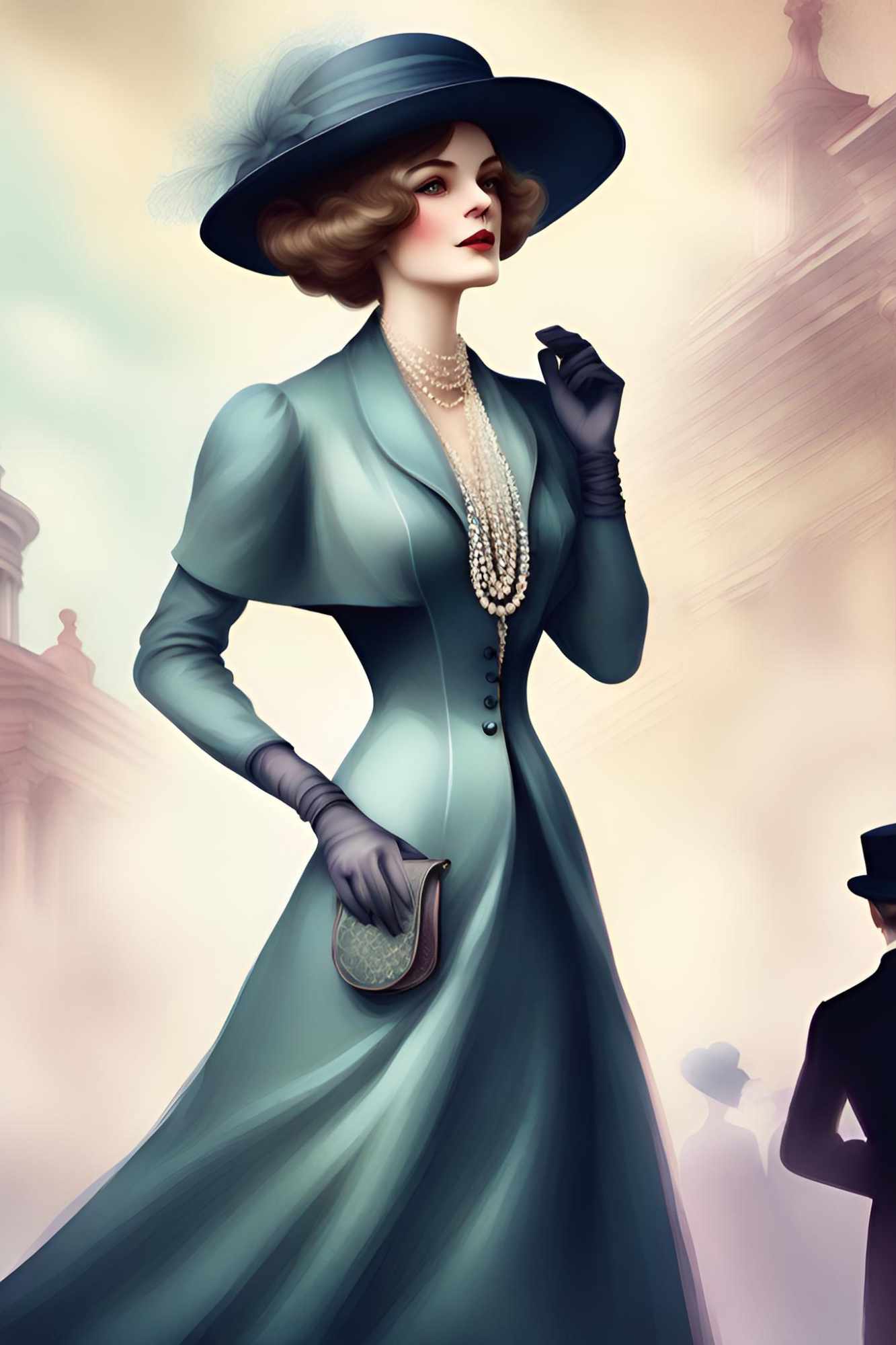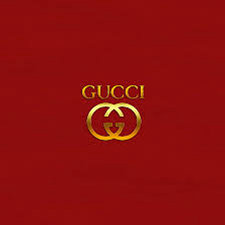
Fashion is a fascinating chronicle of our ever-evolving world, reflecting social, political, and economic shifts through ever-changing styles and trends. From the flapper dresses of the roaring twenties to the athleisure dominance of today, each decade boasts a unique sartorial identity, defined by bold innovations, cultural influences, and technological advancements.
Let us take a whirlwind tour through fashion history, exploring the iconic trends that shaped each era.
1920S: THE ROARING TWENTIES
Post-WWI liberation sparked bold style shifts:
- Flapper dresses with rising hemlines
- Loose silhouettes and embellishments
- Short bobs, cloche hats, and beaded accessories
Women embraced freedom while challenging traditional expectations.
1930S: PRACTICALITY DURING THE GREAT DEPRESSION
Economic hardship inspired modest and functional fashion:
- Bias-cut gowns with elegant draping
- Tailored suits for both men and women
Practicality and professionalism defined the decade.
1940S: WORLD WAR II AND UTILITY CHIC
With resources diverted to war efforts, clothing became streamlined:
- Shorter, utilitarian garments with padded shoulders
- Cinched waists symbolizing strength and femininity
- Nylon stockings became a luxury due to rationing
1950S: POST-WAR PROSPERITY AND THE “NEW LOOK”
Christian Dior’s “New Look” shaped the decade:
- Cinched waists and full skirts
- Extravagant fabrics and glamour
Teen fashion emerged with bobby socks, poodle skirts, and trend-driven youth identity.
1960S: COUNTERCULTURE AND INDIVIDUALITY
A decade of rebellion against traditional norms:
- Mini skirts, bell-bottoms, and bold prints
- Gender-neutral clothing blurring boundaries
- Psychedelic and hippie styles fueled by youth movements
1970S: DISCO, PUNK, AND STREETWEAR RISING
Self-expression led to wildly diverse trends:
- Disco sequins, platform shoes, and wide-leg pants
- Punk leather jackets, ripped clothing, safety pins
- Hip-hop inspired streetwear, sneakers, and bomber jackets
1980S: POWER DRESSING AND CONSUMERISM
Bold statements reflected ambition and luxury:
- Shoulder pads, bright colors, sharp tailoring
- Designer brands and logos as status symbols
- Neon styles and dramatic hair
1990S: MINIMALISM AND GRUNGE
A shift toward comfort and casual expression:
- Ripped jeans, flannel shirts, Doc Martens
- Everyday staples like jeans, tees, and sneakers
2000S: Y2K AESTHETICS AND ATHLEISURE
Technology and pop culture drove futuristic fashion:
- Low-rise jeans, crop tops, playful colors
- Athleisure blends comfort and performance
- Online shopping and fast fashion accelerate trends
2010S: SUSTAINABILITY AND DIVERSITY
Fashion embraced responsibility and inclusivity:
- Eco-friendly and second-hand clothing surge
- Body positivity and representation across sizes
- Influencers drive global trends via social media
THE FUTURE OF FASHION
Innovation and sustainability shape what comes next:
- Advancements in fabric tech and personalization
- Digital design and virtual fashion spaces
- A commitment to ethical and inclusive practices
Fashion will continue evolving as a reflection of culture, technology, and our shared values. Its future is a blend of creativity, progress, and sustainable change.






